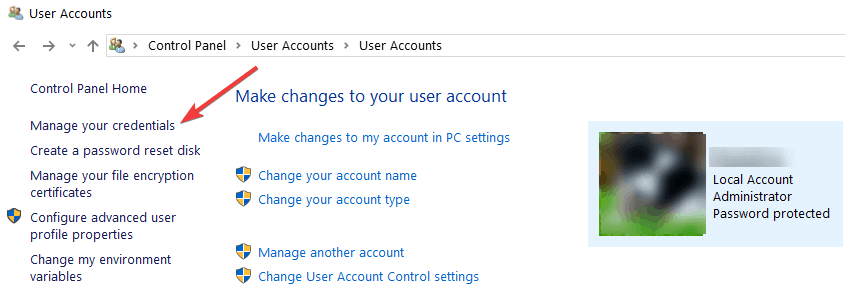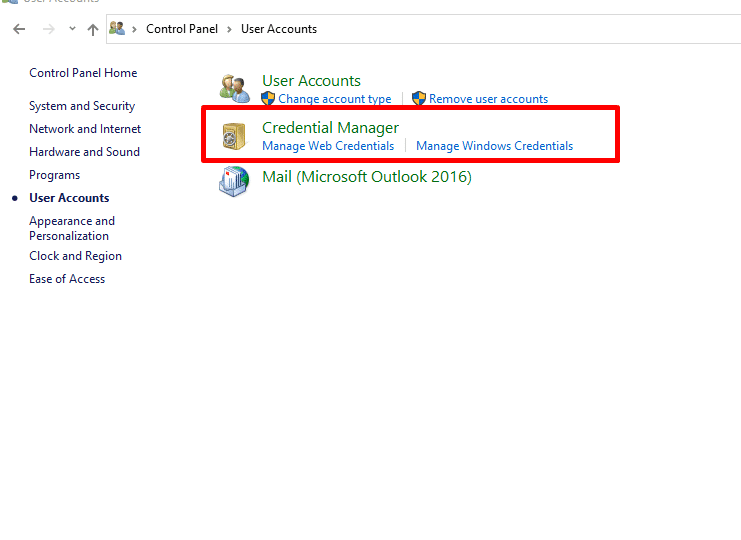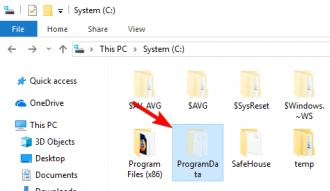

The problem of managing secrets is been already solved by password/secret manager solutions a long time ago. The result is that every user will manage if “ lucky” just a handful of different usernames and passwords or if you’re a system administrator having access to different environments that can number can grow to hundreds or potentially thousands of different secrets. This is a good way of reducing the number of identities and secrets, but for all isolated systems or roles where permissions are decoupled is common practice still to use multiple accounts. So when we design IT systems we want to provide the best experience to the end-user minimizing friction and to achieve this ideal single-sign-on via federation services or other forms of integrations. Modern applications and services will provide identity management (with or without multifactor authentication) and have a form of role-based access control and implementing the least privilege access. Tip: Check out the post How to Remove Saved RDP Credentials in Windows 10.In this article, I want to focus on a cybersecurity topic but from an operations perspective and with a pragmatic approach to tactics that users can implement to implement the security strategy or principles with less friction as possible from the end-users.Įach one of us every single day use at least multiple secrets, passwords, and identities. Windows will remember your correct credentials.įollowing these simple steps will solve the issue, so you will not encounter the same annoying message again and again, and will be able to return to your normal work in Windows 10. Open the Store or OneDrive, and sign in with your Microsoft account.Alternatively, you can restart Windows 10. Sign out and sign in to your user account.


Keeping in mind this information, it is easy to resolve the issue. For online and network accounts passwords are saved in Credential Manager of Windows 10. You won’t face this problem after changing the password for any local user account. The main problem arises if Windows 10 somehow fails to update or save the new password. Resetting the password and changing the primary alias for your Microsoft account are the common reasons which can trigger your system to show this notification continuously. To fix 'Click Here to Enter Your Most Recent Credential' in Windows 10, Why Does It Happen


 0 kommentar(er)
0 kommentar(er)
